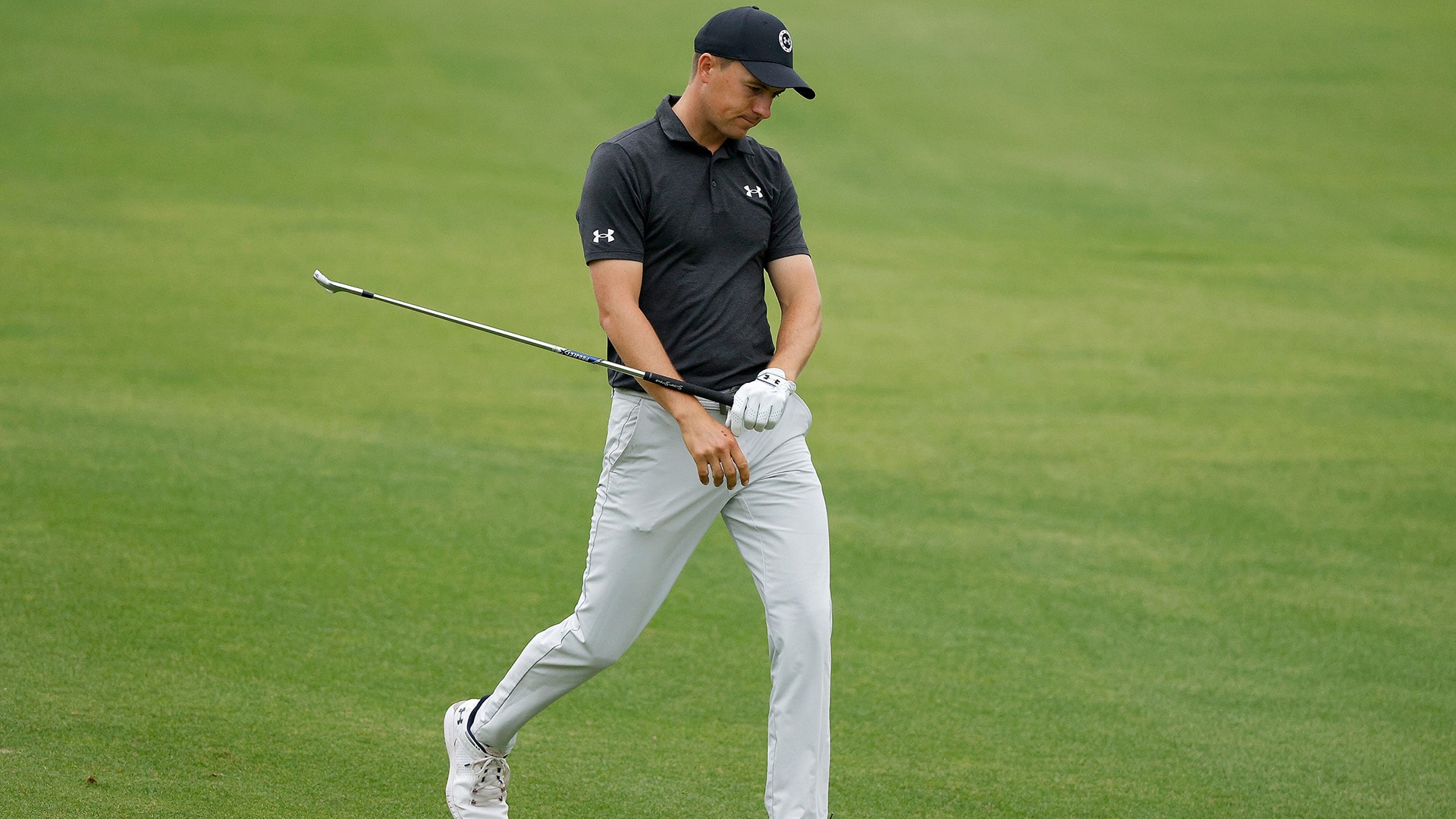PGA Tour schedule must evolve to avoid designated event fatigue from players

In hindsight this was inevitable.
Way back in August at the Tour Championship, Jon Rahm was the first to publicly question the PGA Tour’s move to what was then called an “elevated-event” schedule that created larger purses and deeper fields to respond to the growing threat of LIV Golf. The price of that upgrade, however, was a requirement that “top players,” as defined by the circuit’s Player Impact Program, had to commit to play 20 events.
“We have to play all of them?” asked Rahm, who is also committed to playing a minimum number of events on the DP World Tour to maintain his status on the Continent’s circuit for the Ryder Cup. “With Ryder Cup and having to play four in Europe, yeah, I think it’s a bit of an ask, and I wouldn’t be surprised if they revise a bit of a rule or make an exception for some players.”
Full-field scores from the RBC Heritage
Fast forward to Sunday at the Masters and a clearly exhausted Jordan Spieth, who tied for fourth at the year’s first major but didn’t appear interested in any celebration.
“I played way too much golf into this. I came in mentally fatigued, and you overwork this week every year. I played way too much golf in the last, I mean, this is eight out of 10 weeks,” Spieth sighed. “I need to change my schedule up going forward to be a little sharper this week. I think that has a lot to do with it.”
Spieth’s lament was hardly isolated and it doesn’t take a statistical deep dive to unveil why the game’s leading men looked more like marathon runners who’d just hit the “wall” last week.
Spieth’s schedule leading up to the Masters is a bellwether for the rest of the game’s top players. He began his year in Maui at the winners-only Tournament of Champions followed by starts at the WM Phoenix Open, Genesis Invitational, Arnold Palmer Invitational, Players Championship and WGC-Dell Technologies Match Play, which are all designated events. Sprinkle in starts at the Sony Open, AT&T Pebble Beach Pro-Am and Valspar Championship, it’s no huge surprise that he would be suffering from what some are calling designated event fatigue.
Spieth’s eight starts before Augusta National is historically the norm for the 2015 Masters champion. What’s different this year is the competitive intensity the designated events added to that normal run-up.
Five of the eight events leading up to the Masters were designated, including the WGC-Match Play two weeks ago, which, depending on how far a player advances, can be grueling so close to the Masters. Add in starts at The Players, Bay Hill and Los Angeles, which are all designated, and it should be no surprise that Rory McIlroy withdrew from this week’s RBC Heritage, which is also an elevated event.
Players were allowed to miss one designated event this year, but this week’s stop on Hilton Head Island, S.C., is McIlroy’s second after he skipped the Sentry Tournament of Champions, and it’ll cost him a portion of his PIP earnings from last year. Whatever that financial penalty, it’s clearly not enough to change McIlroy’s mind and the Tour is likely anticipating more selective scheduling as the season wears on.
It’s why the Tour will have fewer designated events next year – which includes the four majors, The Players, three playoff events, the Tournament of Champions and the three player-hosted invitationals (Genesis Invitational, Arnold Palmer Invitational and Memorial) along with four other tournaments that haven’t been announced – and no minimum mandate.
Larger purses that average $20 million, elevated FedExCup points, with 700 points to the winner compared to 500 to the winner of a non-designated event, and limited fields (70 to 80 players) are how the Tour hopes to assure top player participation.
The Tour is also reworking its schedule to improve the cadence of designated and non-designated events starting next year. The idea is to create “mini-swings” throughout the season of two or three “full field” events wedged between the designated tournaments. This, officials explain, will create much-needed gaps for the top players like Spieth or McIlroy to avoid a kind of designated event fatigue, as well as opportunities for those who aren’t qualified for the elevated events to play their way in via mini-points lists.
While it’s difficult to imagine such a dramatically overhauled schedule – again, this year’s schedule featured five designated events in the eight weeks leading up to the Masters – a better flow would certainly help both the stars and the non-designated events, like this year’s Honda Classic and Texas Open, avoid being wedged between the elevated events.
But the question is, without mandatory requirements, which proved wildly unpopular and unwieldy with players, will the Tour be able to guarantee the fields that come with a $20 million purse or will there be more players, like McIlroy, who bypass bigger purses and more points for rest?
Since the earliest vestiges of the new designated-event schedule, the top players have been committed to the concept, but Rahm’s comments at last year’s Tour Championship resonate even more as the Tour advances into an evolving designated reality.